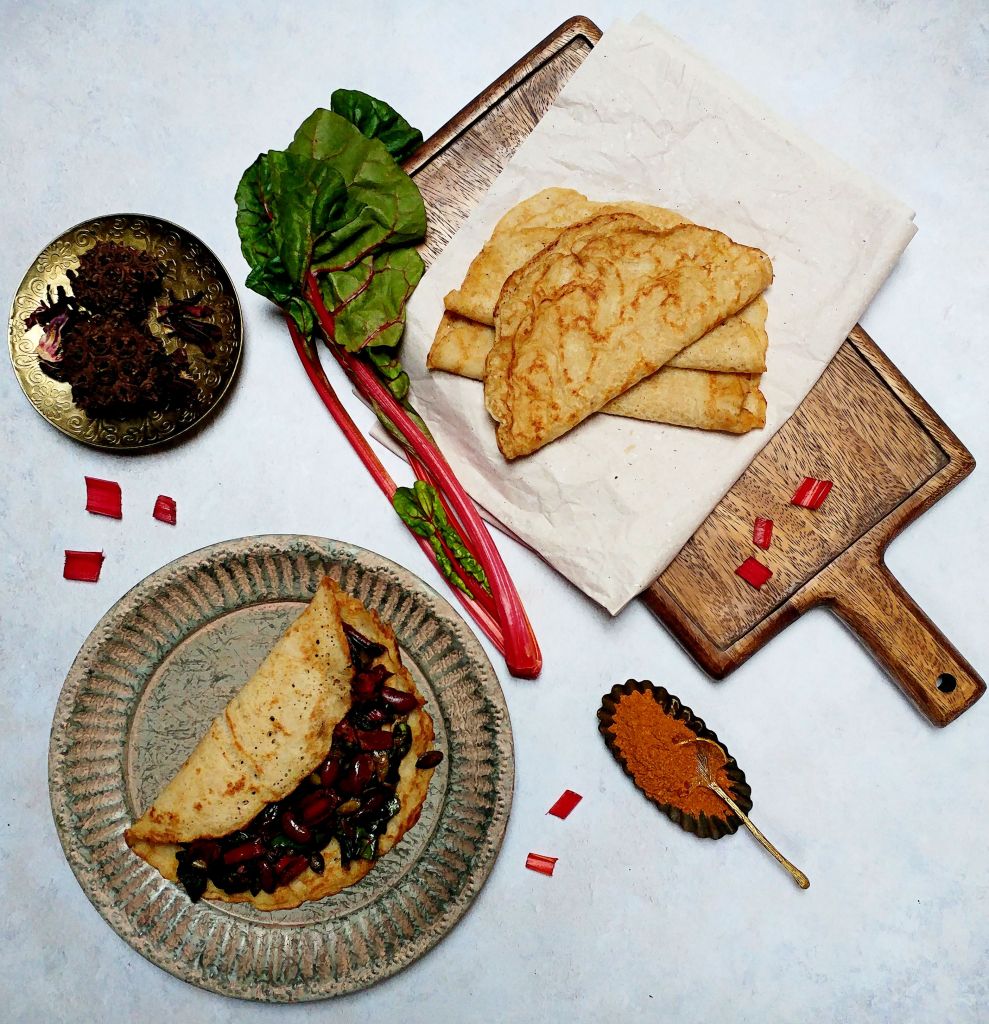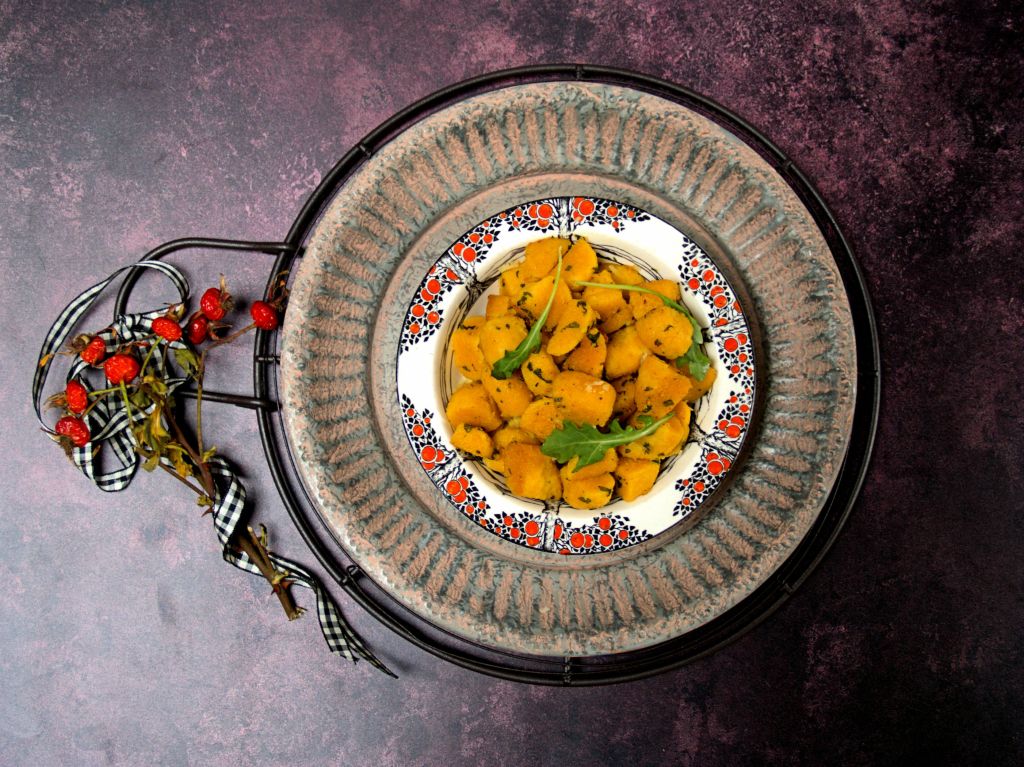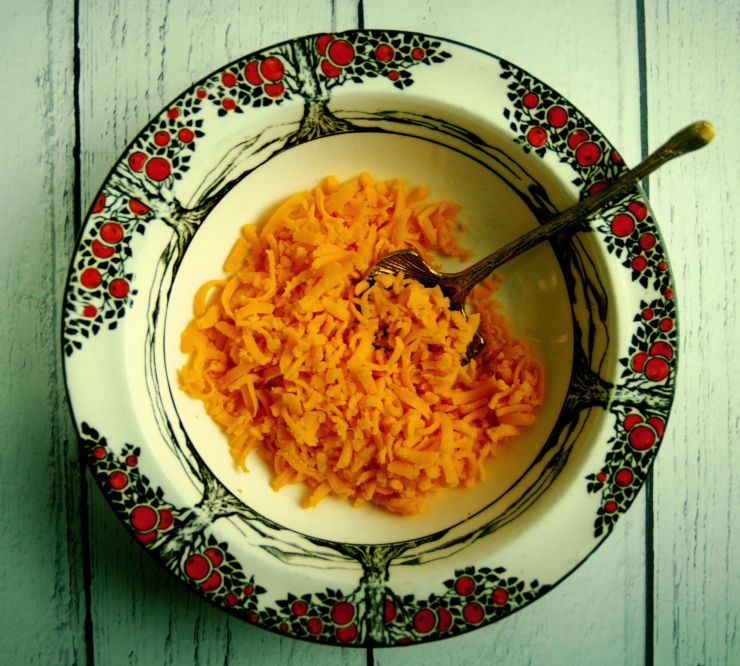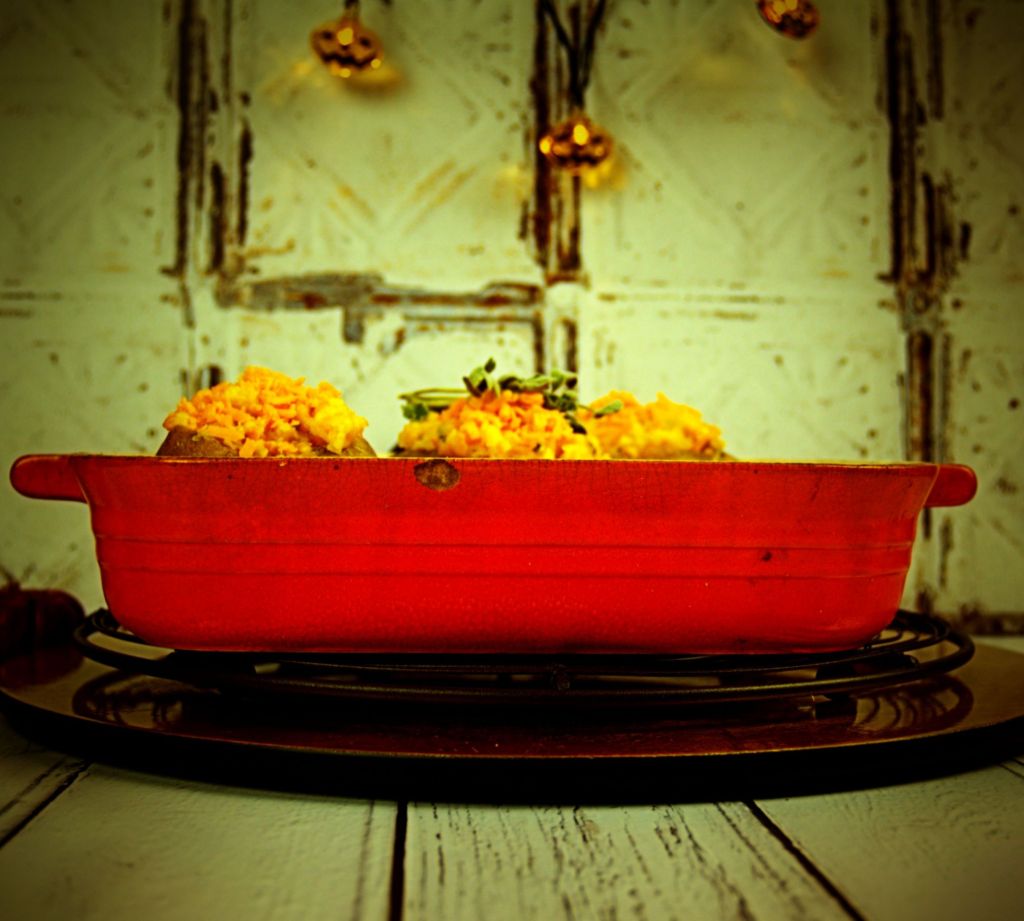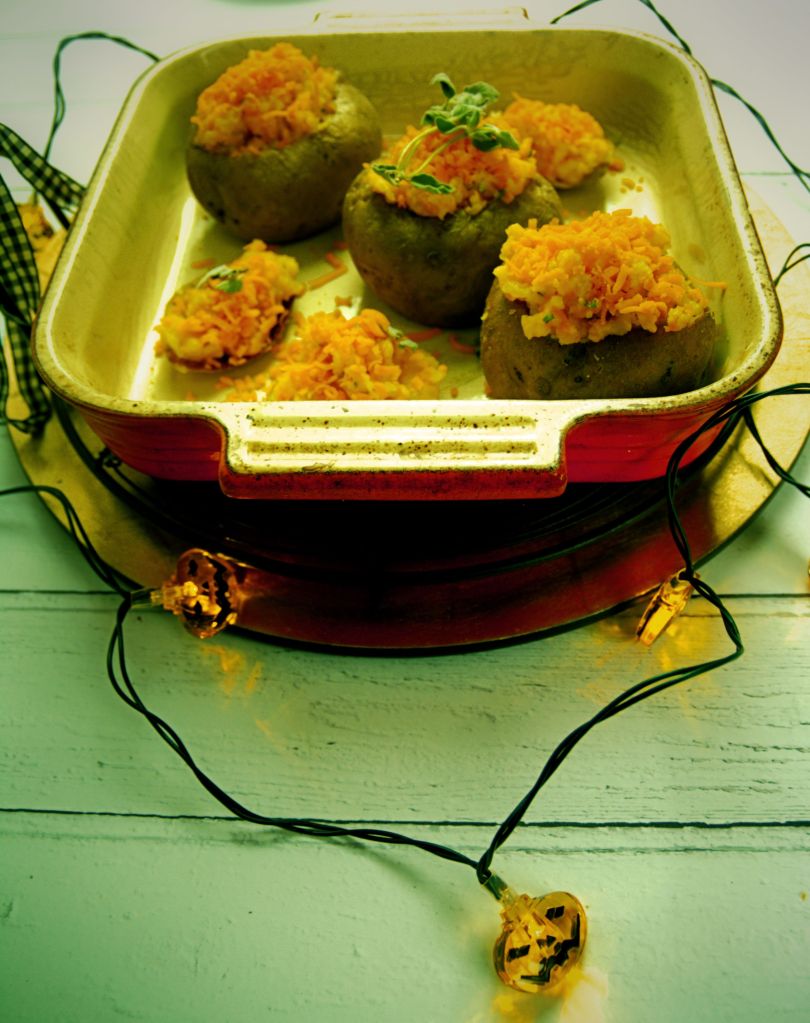I haven’t written anything for some time – do forgive me for that, I think I perhaps needed a break but now I am happy to continue with this blog with new vigor.
This heartening meal is a traditional Irish dish that is made from simple ingredients and is cheap and filling. Potatoes are an excellent low FODMAP staple food and white cabbage in the place of the more traditional savoy cabbage means it is suitable for a low fodmap diet.
This dish is lovely served on it’s own or is suitable to be served with gammon or grilled sausages and will brighten up any dreary rainy day!
Ingredients
Serves [4]
- 200g white cabbage
- 500g potatoes (floury potatoes work best – Maris Piper, King Edwards, Desire)
- 15g butter
- 60g spring onion leaves (don’t use the white part as this contains fodmaps)
- 200ml lactose free milk
- 15g chopped bacon
Salt and pepper
Method
- Wash the potatoes and remove the outer leaves from the cabbage (or you could just wash it.)
- Boil the potatoes in water until soft, keep the skins on as this is a good source of fibre and will keep the potatoes from going soft in the water.
- Chop the cabbage and bacon.
- Fry the cabbage, spring onion leaves and bacon with the butter until soft.
- Mash the potatoes with lactose free milk and season well, then mix the cabbage and bacon through the potato
- Serve hot



